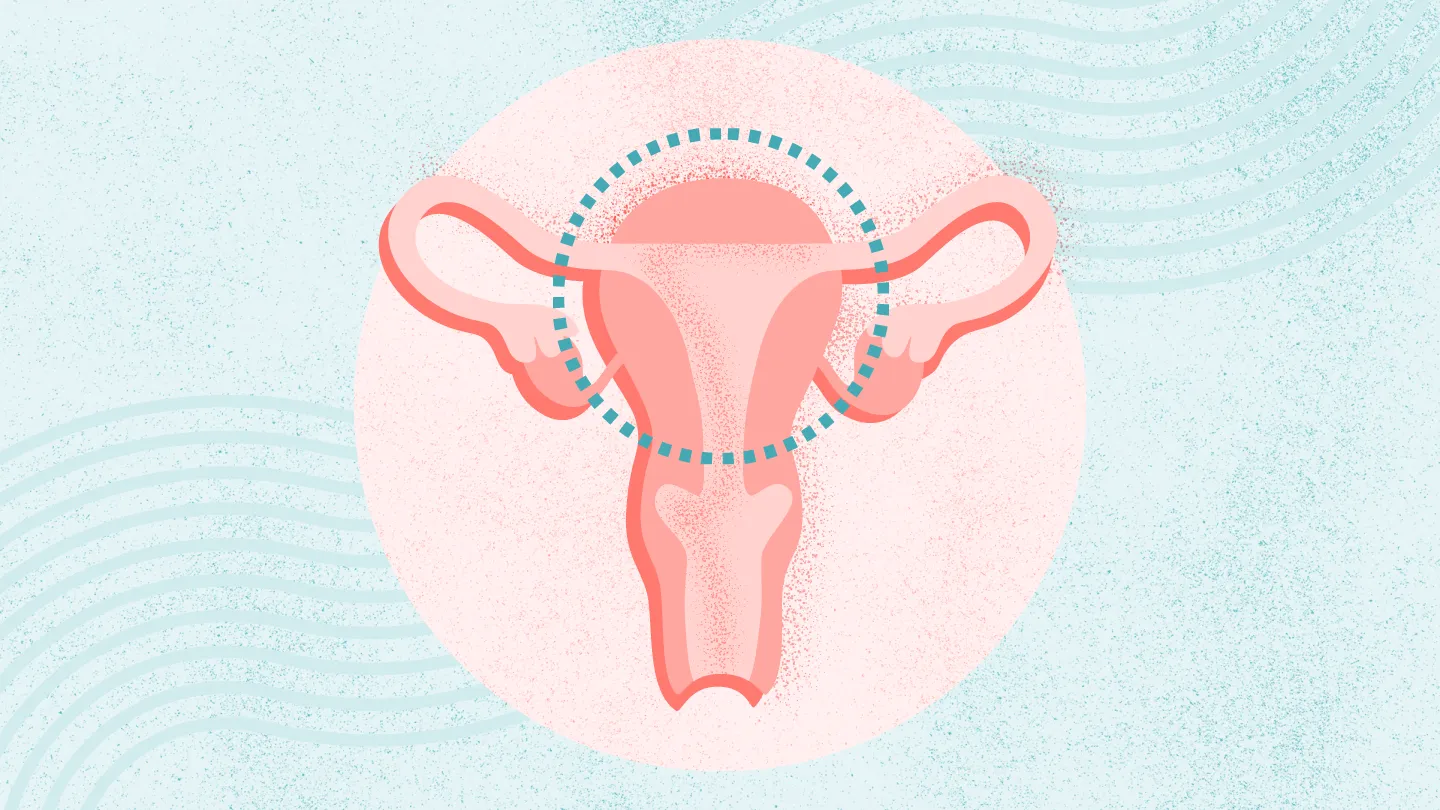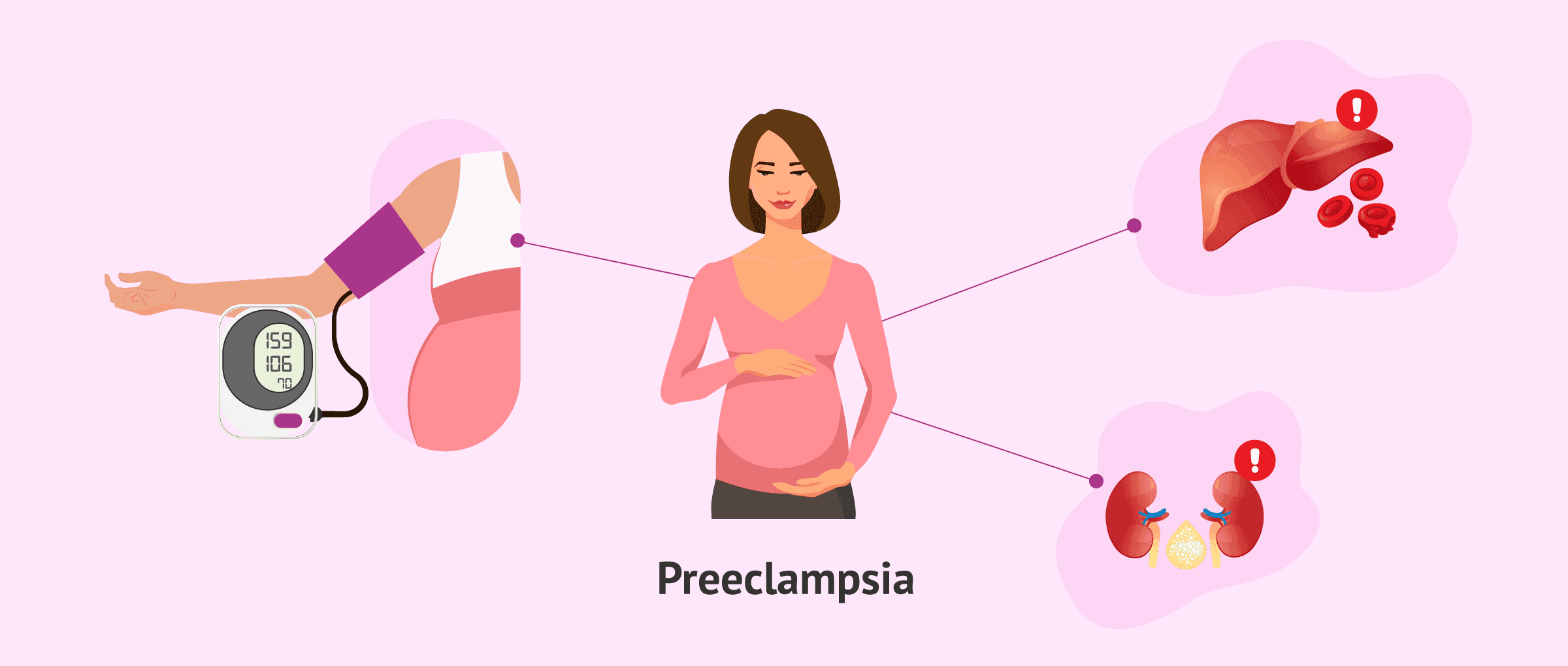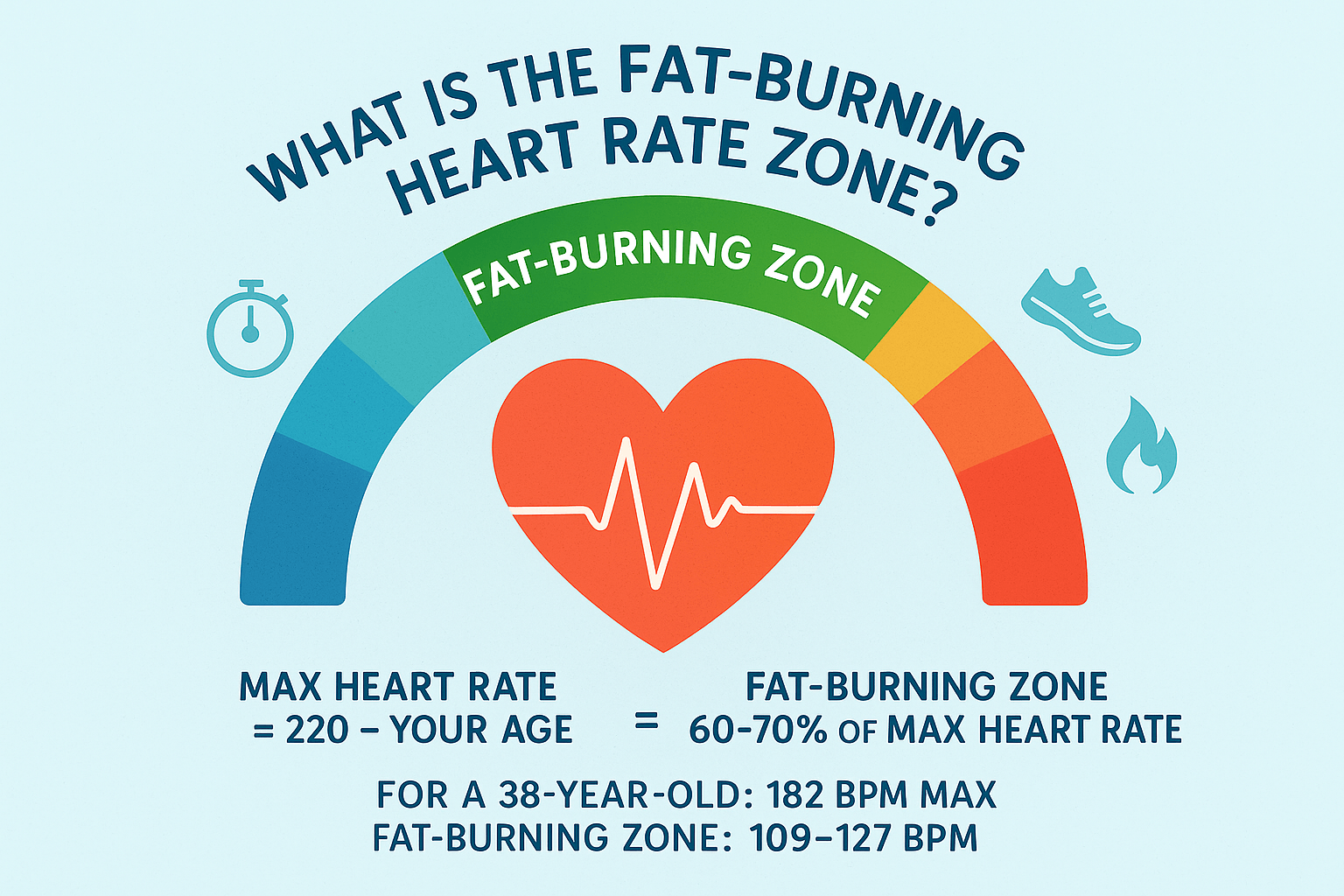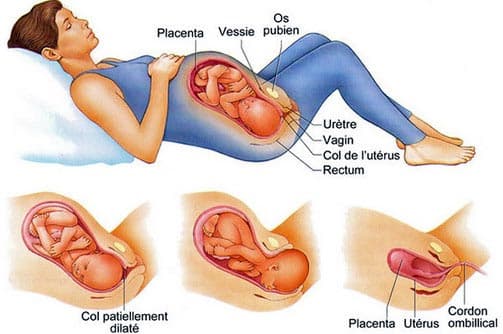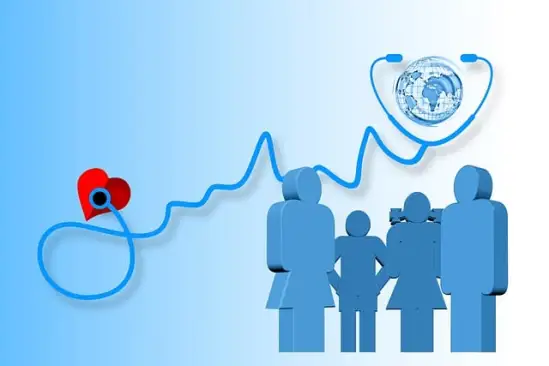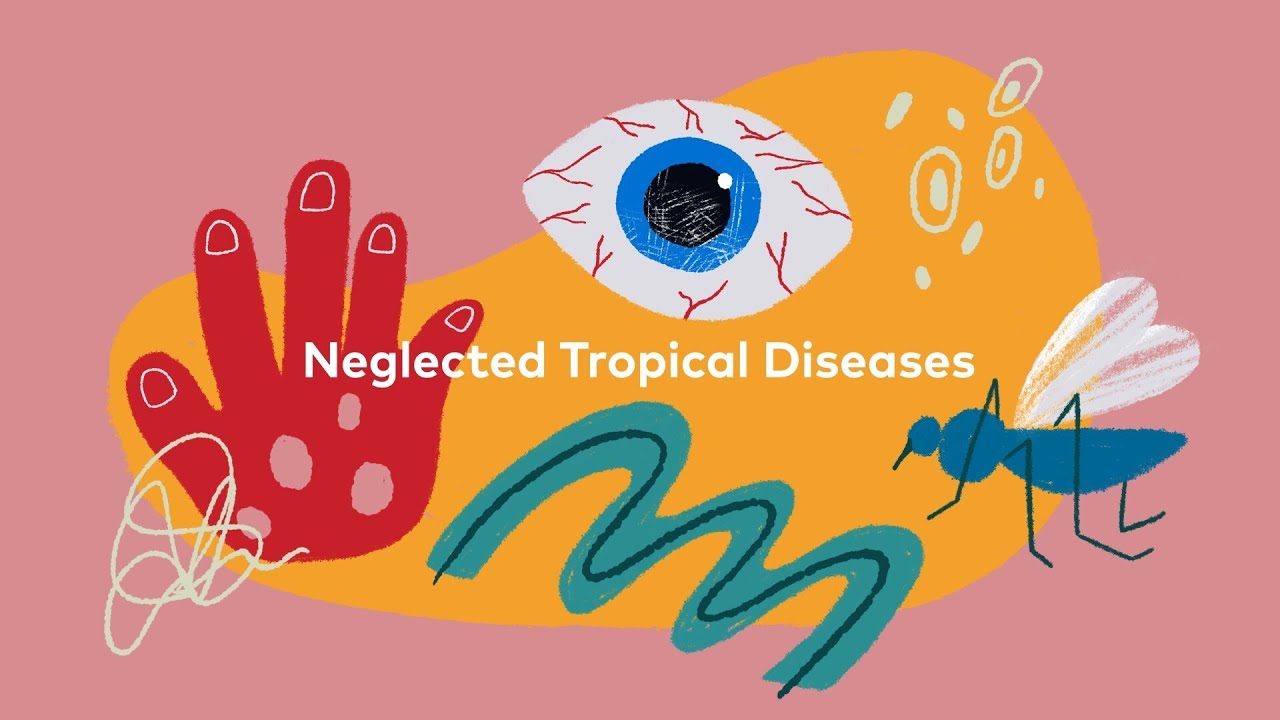Abortion—medically defined as the termination of a pregnancy before the fetus can survive outside the uterus—affects countless women around the world. Yet many undergo this procedure without fully understanding its potential impact on their health, the legal framework governing it, or the social and religious perspectives that can surround it. In this article, we’ll explore what abortion means in medical terms, outline the different types you may hear about, and examine some of the most common reasons women choose to terminate a pregnancy.
What Is Abortion?
Abortion is the deliberate ending of a pregnancy through medical or surgical means. While safe when performed by qualified professionals, it can carry physical risks—such as bleeding or infection—as well as emotional and psychological consequences. Additionally, laws vary widely by country and region, and social or religious beliefs can strongly influence how it is perceived in a given community.
The Four Main Categories of Abortion
-
Threatened Abortion
The pregnancy shows signs—like mild bleeding or cramping—that it may not continue, though the cervix remains closed and the fetus is still viable. -
Inevitable Abortion
Bleeding and cramping intensify, and the cervix begins to dilate. At this stage, miscarriage cannot be prevented. -
Incomplete Abortion
Some pregnancy tissue has been expelled naturally, but parts remain in the uterus. Medical intervention is often required to prevent infection. -
Complete Abortion
All pregnancy tissue is expelled from the uterus without the need for further treatment. This outcome often follows a threatened or inevitable abortion.
Why Do Women Seek an Abortion?
While every woman’s situation is unique, several common factors influence the decision:
-
Relationship or Personal Challenges
Difficulties with a partner—whether an unstable relationship, lack of support, or personal readiness—can lead women to consider ending a pregnancy. -
Financial Constraints
Raising a child requires significant resources. Many women cite limited income, job instability, or lack of access to healthcare as reasons for seeking an abortion. -
Fear of Social Stigma
Concern about how family, friends, or the wider community will respond can weigh heavily, especially in cultures where pregnancy outside marriage or large families is frowned upon. -
Lack of Information
Misunderstandings about contraception, pregnancy risks, or the abortion process itself often leave women unprepared for the choices they face.
Moving Forward
Abortion is a complex, deeply personal issue intersecting medicine, law, society, and faith. By understanding the medical definitions, recognizing the different types, and appreciating the common challenges that lead women to this decision, we can foster more informed, compassionate conversations—and ultimately support better health and social outcomes for all.
